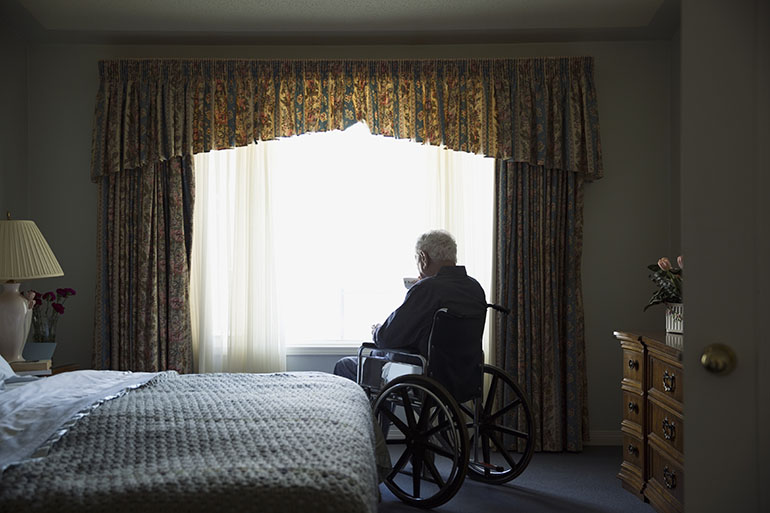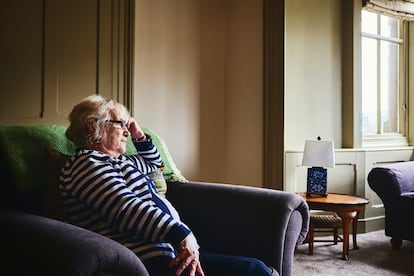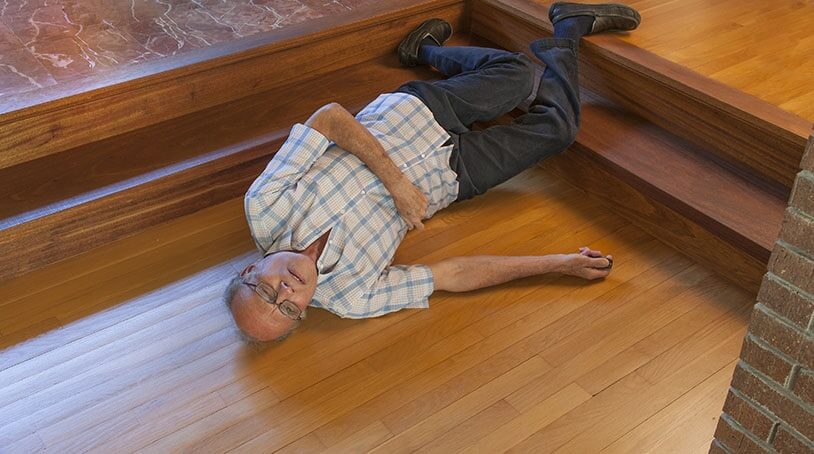In today’s fast-paced world, ensuring the safety and well-being of our loved ones is paramount. Especially when it comes to the care of elderly family members, the ability to quickly respond to emergencies can make all the difference. This is where fall detection with 24/7 monitoring services comes into play. These services are designed to provide peace of mind by offering continuous oversight and immediate response in the event of a fall.

Understanding Fall Detection Technology
Fall detection technology has advanced significantly in recent years. These systems often use a combination of sensors, algorithms, and sometimes cameras to detect when a fall has occurred. The technology is designed to distinguish between normal movements and falls, thereby minimizing false alarms and ensuring accurate monitoring.
The Importance of 24/7 Monitoring
The integration of 24/7 monitoring in fall detection systems is crucial. It ensures that help is always available, regardless of the time of day. This constant vigilance is particularly important for elderly individuals who may live alone or have mobility issues. Immediate response can significantly reduce the risk of serious injury or complications resulting from a fall.
How Does It Work?
These systems typically involve wearable devices or strategically placed sensors within the home. When a fall is detected, the system immediately sends an alert to a monitoring center, which can then dispatch emergency services if necessary. Some systems also notify family members or caregivers, allowing them to respond swiftly.
Benefits of Fall Detection with Monitoring Services
The primary benefit of these systems is enhanced safety. However, they also offer several other advantages:
- Peace of Mind for Family Caregivers: Knowing that help is available at all times can relieve the stress and anxiety that often accompanies caregiving.
- Increased Independence for the Elderly: These systems can help elderly individuals maintain a level of independence, as they know they have a safety net in place.
- Quick Response Times: Immediate alerts ensure that response times are minimized, which can be critical in emergency situations.
Choosing the Right System
When selecting a fall detection system, it’s important to consider the specific needs of the individual. Factors to consider include the level of mobility, the presence of other health issues, and whether the individual lives alone. It’s also important to evaluate the features of the system, such as the range of sensors, the technology used, and the reputation of the monitoring service provider.
Privacy Considerations
Privacy is a major consideration when it comes to fall detection systems. Many individuals may be uncomfortable with the idea of being constantly monitored, particularly if cameras are involved. It’s important to choose systems that prioritize privacy, using non-intrusive sensors and ensuring data security. For more on privacy-friendly solutions, you can explore Fall Detection Without Cameras.
The Role of Technology in Elderly Care
Technology is transforming the way we approach elderly care. From smart home devices to wearable health monitors, technology offers innovative solutions that enhance safety and improve quality of life. For more insights, check out Smart Elderly Care Solutions.
IoT Sensors and Their Impact
The integration of IoT (Internet of Things) sensors in daily life is another aspect worth mentioning. These sensors can provide valuable data that helps in understanding the daily habits and health conditions of elderly individuals. Learn more about this technology in IoT Sensors for Daily Life.
Challenges and Future Prospects
While fall detection systems have numerous benefits, they are not without challenges. False alarms, system malfunctions, and privacy concerns are some of the issues that need to be addressed. However, with ongoing advancements in technology, these systems are expected to become more efficient and reliable in the future.
Innovations on the Horizon
Future innovations may include more advanced algorithms, better integration with other smart home devices, and the use of AI to predict potential falls before they occur. These advancements will continue to enhance the safety and well-being of elderly individuals.
Conclusion
Fall detection with 24/7 monitoring services is a vital component in modern elderly care. These systems not only enhance safety but also provide peace of mind for families and caregivers. As technology continues to evolve, so too will the capabilities of these systems, offering even greater protection and independence for our loved ones.

FAQ
How do fall detection systems differentiate from normal movements?
Fall detection systems use advanced algorithms and sensors to distinguish between regular activities and falls. They analyze patterns and force to accurately identify a fall.
Are fall detection systems suitable for individuals living alone?
Yes, these systems are particularly beneficial for individuals living alone, as they provide immediate alerts and ensure help is always within reach.
How can privacy be ensured with monitoring services?
Privacy can be ensured by choosing systems that use non-intrusive sensors and have robust data security measures in place. Systems without cameras are often preferred for privacy reasons.
This article contains affiliate links. We may earn a commission at no extra cost to you.






